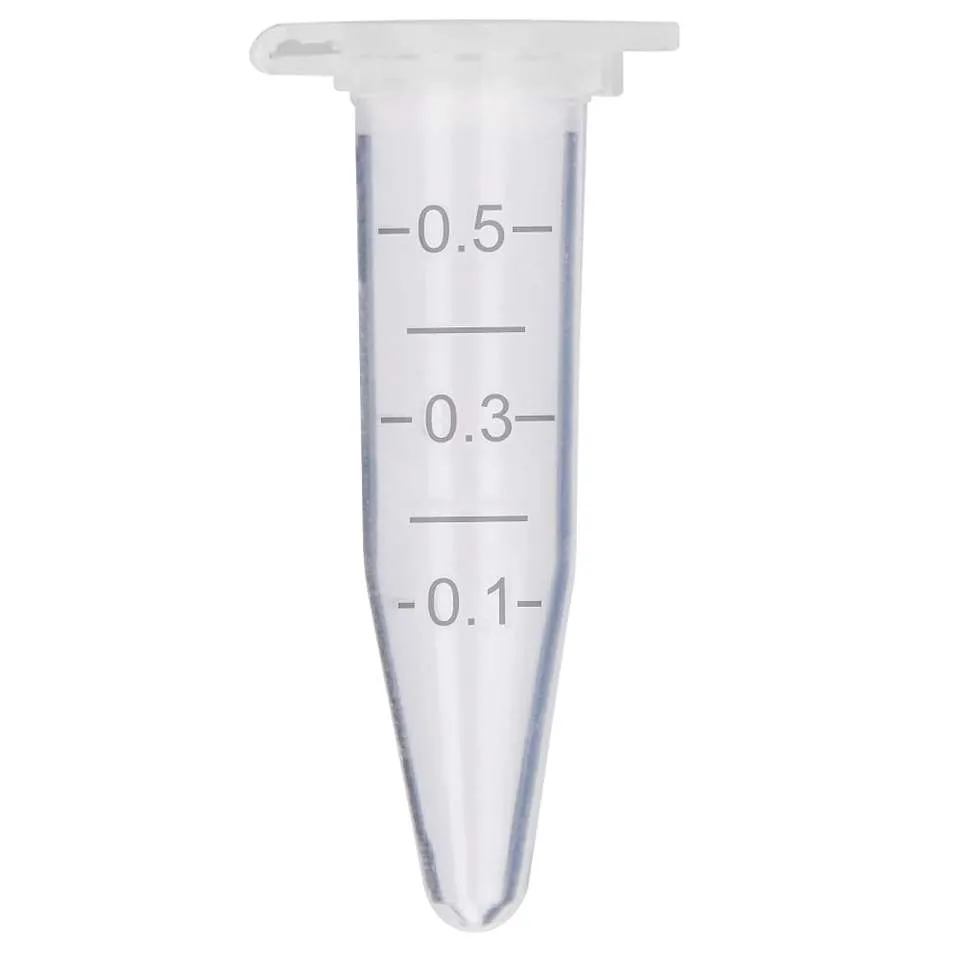Understanding the Purpose and Use of Serum Tubes in Medical Testing
Understanding Serum Tubes Importance and Applications in Clinical Laboratory Testing
Serum tubes are a crucial component in clinical laboratory testing and diagnostics, serving a significant role in the collection, transport, and storage of blood samples. These tubes are specifically designed to separate serum from clotted blood, enabling a wide range of biochemical analyses essential for patient care.
What are Serum Tubes?
Serum tubes are typically made of glass or plastic and contain a clot activator, which promotes the coagulation of blood samples. When blood is drawn, the serum tubes allow for the formation of a clot, separating the liquid serum from the cellular components of the blood. The serum, which is the clear fluid portion of the blood, carries various substances such as electrolytes, hormones, proteins, and waste products. This separation is crucial, as it ensures accurate and reliable test results.
Types of Serum Tubes
There are different types of serum tubes based on the additive present. Commonly used serum tubes include those with or without gel separators. Gel barrier tubes contain a gel that separates serum from blood cells during centrifugation. This gel acts as a barrier, preventing contamination of the serum by cellular elements, thereby preserving the sample's integrity. On the other hand, non-gel serum tubes are typically used when no gel is required, and they tend to be more straightforward in terms of composition.
Importance in Clinical Testing
Serum tubes are instrumental in performing various diagnostic tests. They are widely used in the assessment of liver and kidney function, electrolyte levels, and hormonal assays. For instance, liver function tests often require serum samples to analyze enzyme levels such as alanine aminotransferase (ALT) and aspartate aminotransferase (AST), which provide valuable insights into liver health.
serum tubes

Furthermore, serum tubes facilitate serological tests that diagnose infections, autoimmune disorders, and various diseases. For example, the detection of antibodies against infectious agents, such as HIV or hepatitis viruses, relies on serum samples collected in these tubes. The accuracy of these tests is paramount, as they directly impact patient management and treatment strategies.
Proper Handling and Storage
To maintain sample integrity, it is essential to handle serum tubes with care. Blood must be collected in the appropriate tube type, and tubes should be gently inverted several times after collection to ensure complete mixing of the clot activator with the blood. After clotting, usually taking 30 minutes at room temperature, tubes are centrifuged to separate the serum. The separated serum should then be properly stored, typically at 2-8°C for short-term use or at -20°C for long-term preservation.
Challenges and Considerations
Despite their significance, there are challenges associated with serum tube usage. Contamination, improper collection techniques, and inadequate storage conditions can lead to inaccurate test results. Therefore, laboratory personnel must be well-trained in the protocols for blood collection, handling, and processing of serum samples.
Conclusion
In summary, serum tubes are a vital aspect of modern medical diagnostics, enabling clinicians to perform a wide array of tests that inform patient care. Understanding the types, importance, and proper handling of serum tubes is essential for healthcare professionals working in laboratories and clinical settings. As technology advances and the demand for accurate diagnostics continues to rise, the role of serum tubes will remain integral to the field of laboratory medicine.
-
Aesthetic Makeup Spray Bottles | Fine Mist Empty RefillableNewsAug.19,2025
-
White Plastic Veterinary Vaccine Vials | Lab Liquid BottlesNewsAug.18,2025
-
Plastic Medicine Liquid Bottle: Secure Flip Top Drug VialsNewsAug.17,2025
-
Durable 250ml Blue Plastic Vaccine Vial for Lab & Vet UseNewsAug.16,2025
-
Sterile Virus Sample Tubes: Secure & Reliable Specimen CollectionNewsAug.15,2025
-
White 250ml Plastic Vaccine Vial for Lab & Vet MedicineNewsAug.14,2025
























